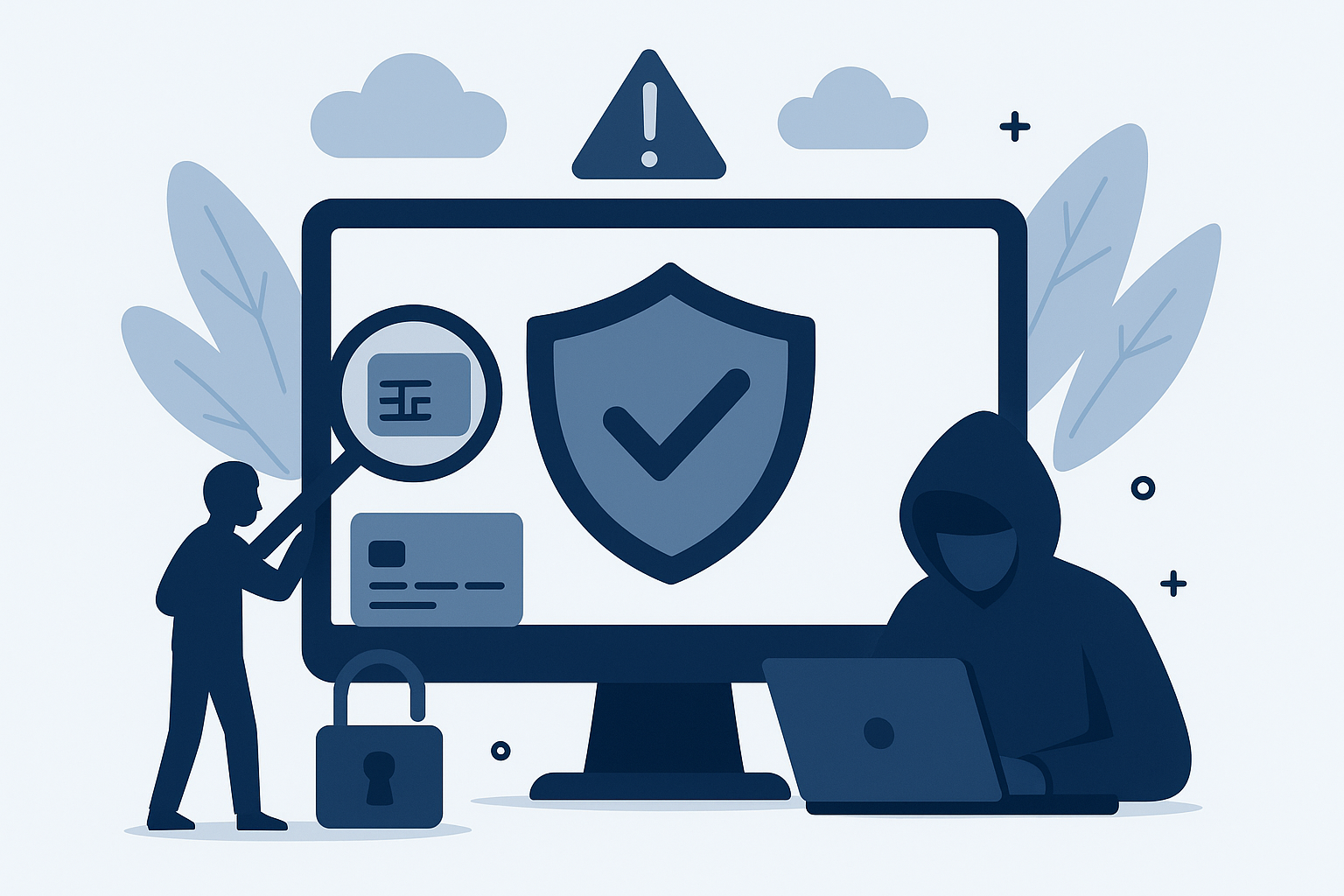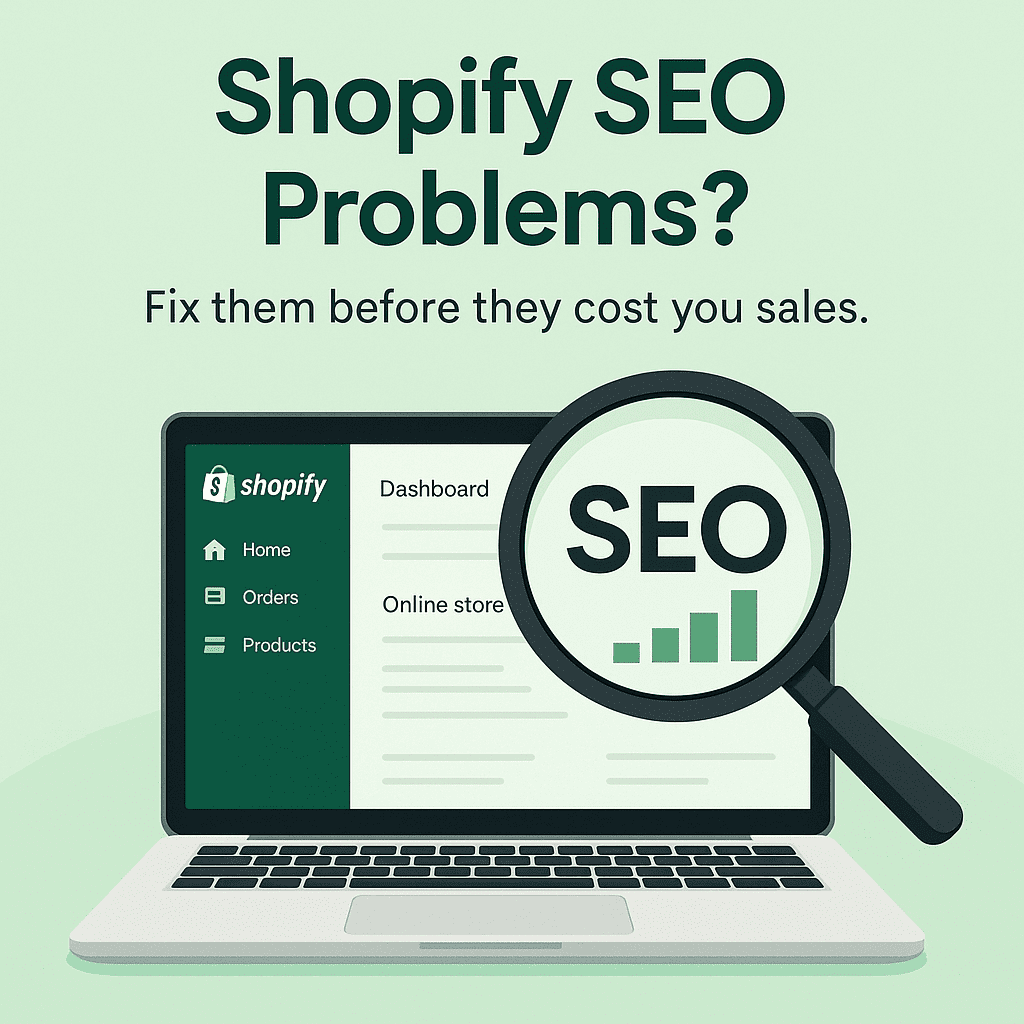Shopify Fraud Prevention Checklist for Store Owners

Why Shopify Fraud Prevention Matters More Than Ever
Online fraud is an escalating threat, and eCommerce businesses are increasingly in the crosshairs. According to the Statista Market Insights, global eCommerce fraud losses reached $48 billion in 2023, and the number is rising each year. Shopify, while secure, is still vulnerable to payment fraud, chargeback abuse, and account takeovers, especially for newer stores or fast-scaling brands.
If you're a Shopify store owner or eCommerce entrepreneur, you can’t afford to ignore this. A single successful fraud attempt could damage your profits, reputation, or even lead to payment gateway restrictions.
Let’s walk through a step-by-step fraud prevention checklist—complete with practical tools, design strategies, and security measures to keep your business protected.
✅ The Ultimate Shopify Fraud Prevention Checklist
1. Use Shopify’s Built-In Fraud Analysis
Shopify provides basic fraud indicators on every order:
-
IP location mismatch
-
High-risk billing countries
-
Multiple failed payment attempts
-
Inconsistent shipping and billing info
Action Tip:
Enable Shopify Payments + Fraud Protect to automatically screen and insure eligible orders.
💡 Stat: Shopify claims Fraud Protect helps automate risk analysis and reduces manual review time by 70% for qualified stores.
2. Install a Trusted Fraud Prevention App
Shopify’s App Store offers specialized tools like:
-
NoFraud – Real-time screening and chargeback protection
-
Signifyd – Machine-learning fraud detection with a guarantee
-
FraudLabs Pro – Scoring system for order validation
Action Tip:
Choose apps that offer chargeback guarantees or order automation to save time and money.
3. Require AVS and CVV Checks for Payments
Always verify:
-
Address Verification System (AVS): Matches billing address with the cardholder's bank
-
CVV (Card Verification Value): Confirms physical possession of the card
Action Tip:
Ensure these settings are enabled in your Shopify Payments or third-party gateway (Stripe, PayPal, etc.).
🔒 Stat: AVS and CVV verification can reduce card-not-present fraud by up to 50% according to Visa.
4. Enable Two-Factor Authentication (2FA)
Protect both admin and customer accounts from unauthorized access:
-
Use 2FA apps like Authy, Google Authenticator, or Shopify's built-in tools.
-
Ensure your staff accounts are also secured with strong credentials.
Action Tip:
Regularly audit all user permissions within Shopify Admin > Settings > Users and Permissions.
5. Set Up Shopify Flow (For Advanced Automation)
If you're on Shopify Plus, use Shopify Flow to:
-
Flag orders from high-risk IP addresses
-
Automatically cancel orders with mismatched billing/shipping addresses
-
Send real-time alerts to your team
Action Tip:
Use pre-built templates like "Hold high-risk orders for manual review" or "Notify team on high-value orders."
6. Implement Smart Manual Order Reviews
For suspicious orders:
-
Look up customer social profiles or email
-
Call or email to confirm large orders
-
Use Google Maps to verify shipping address
Red Flags to Watch:
-
Rush shipping to high-risk countries
-
Multiple orders from the same IP with different cards
-
Generic emails (e.g., test@gmail.com, 123@xyz.com)
Action Tip:
Train your team on red-flag behaviors and review orders using a fraud checklist spreadsheet.
7. Create a Transparent Returns and Shipping Policy
A vague or non-existent return policy increases your risk of chargeback fraud.
Action Tip:
-
Publish your return, shipping, and privacy policy clearly on your site
-
Display trust signals like “Secure Checkout” and “Money Back Guarantee”
📉 Stat: Shopify stores with visible trust signals saw a 21% lower cart abandonment rate, according to a 2022 Baymard Institute study.
8. Avoid High-Risk Geographies (or Require Extra Verification)
Some countries (e.g., Nigeria, Russia, Vietnam) are flagged more frequently for fraudulent orders.
Action Tip:
-
Restrict shipping to high-risk countries or require email/phone confirmation before processing
-
Use apps like Geolocation or Locksmith to block suspicious traffic
9. Regularly Monitor Your Analytics & Admin Logs
Check:
-
Abandoned checkouts from a single IP
-
Repeat failed transactions
-
Admin logins from unknown IPs
Action Tip:
Use tools like Hotjar or Lucky Orange to monitor session recordings for fraudster behavior.
10. Educate Your Team and Customers
Fraud prevention is a team sport:
-
Run quarterly training for your staff
-
Educate customers on what secure checkouts look like
Action Tip:
Include FAQs or pop-ups like: "We never ask for your password or card details via email."
🎯 Bonus: Performance + Marketing Tips That Also Prevent Fraud
-
Use reCAPTCHA on your checkout and contact forms to block bots
-
Add trust badges near your Add to Cart buttons
-
Integrate Shopify with secure payment gateways (like Stripe, Apple Pay)
-
Use email/SMS verification for customer accounts
🚀 Ready to Bulletproof Your Shopify Store?
Don't wait for fraud to drain your revenue or hurt your brand reputation. Implement this Shopify Fraud Prevention Checklist today to build trust, increase conversions, and stay one step ahead of scammers.
👉 Take Action Now:
-
Install a fraud app from the Shopify App Store
-
Enable AVS, CVV, and 2FA today




